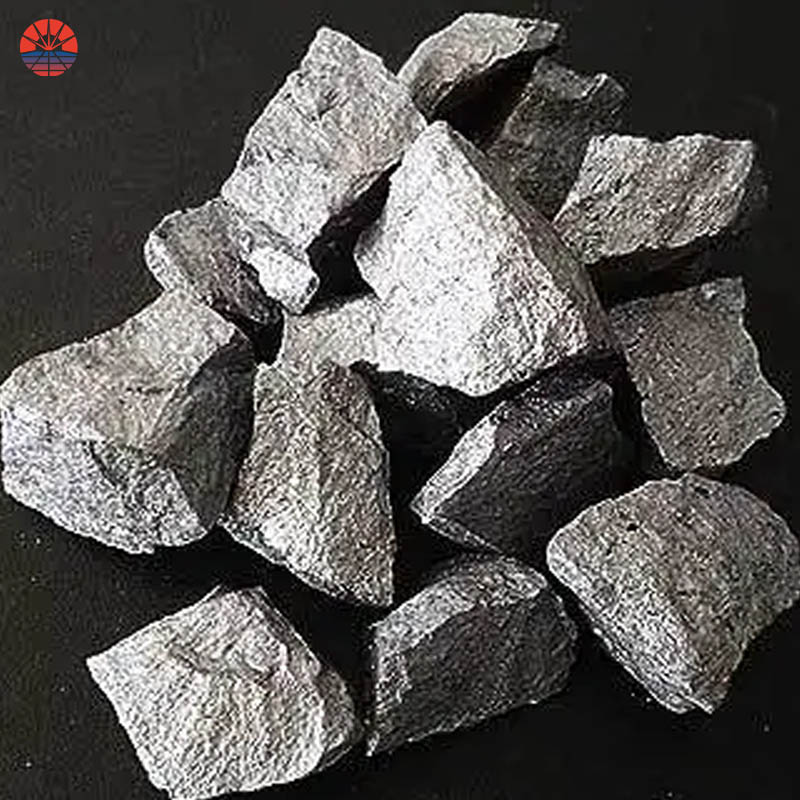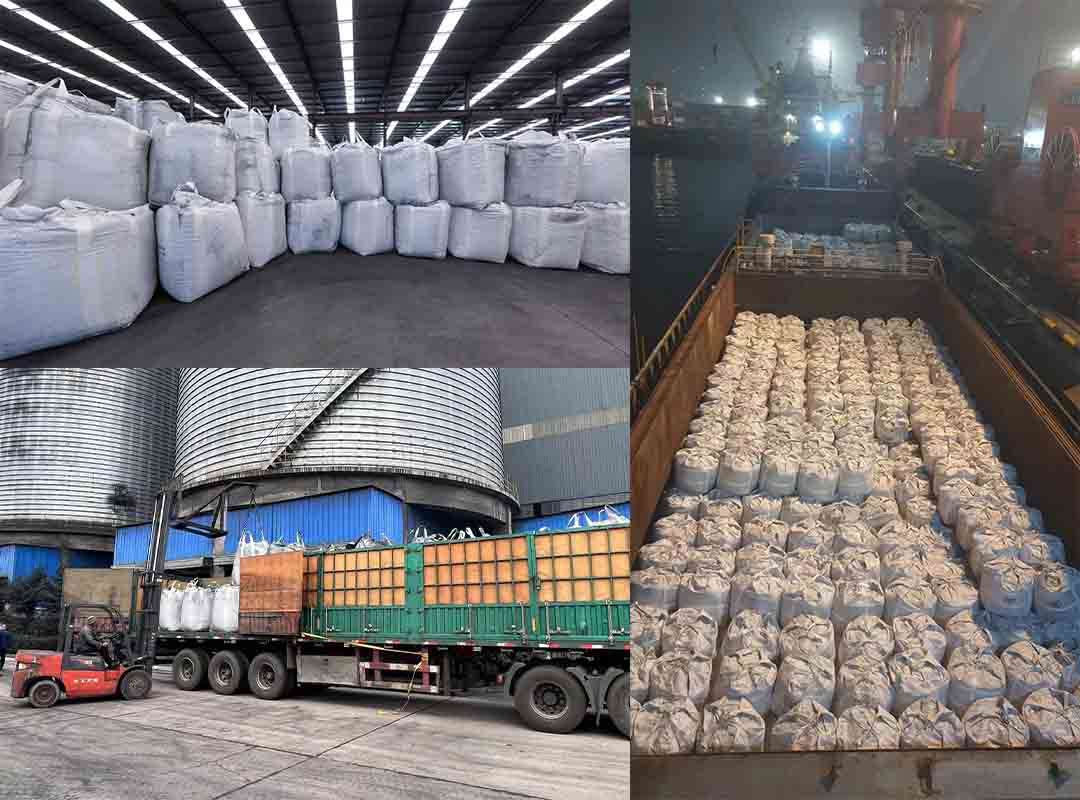The Production Process Of Ferrosilicon
The production of ferrosilicon involves reducing silica (usually from quartz) with iron in an electric arc furnace. Raw materials are prepared and charged into the furnace, where an electric arc generates extreme temperatures, causing silica to reduce to silicon and iron to melt and combine. This forms ferrosilicon through chemical reactions. The alloy is then cast into various shapes, cooled, and solidified in molds. Afterward, it may be crushed into the desired sizes. Different grades and particle sizes of ferrosilicon are produced to meet industrial needs. Quality control measures ensure the product meets specified chemical compositions and physical properties. Ferrosilicon plays a crucial role in the steel industry by enhancing steel's properties, reducing oxygen and sulfur content, and serving as an alloying agent. Its use extends to other alloys and applications, such as in magnets and welding electrodes. Overall, ferrosilicon production is an energy-intensive, high-temperature process vital for manufacturing various iron and steel products.
What Is Ferrosilicon
Ferrosilicon is an alloy composed primarily of iron and silicon, with varying amounts of other elements such as manganese, aluminum, and calcium. It is commonly used in various industrial applications due to its unique properties. Here are some key aspects of ferrosilicon:
1. Composition: Ferrosilicon typically contains around 15% to 90% silicon, with the remaining portion being iron and trace amounts of other elements. The exact composition can vary based on the intended use and the manufacturer's specifications.
2. Production: Ferrosilicon is produced through the reduction of silica (SiO2) and iron ore (Fe2O3) in an electric arc furnace. The process involves heating these raw materials to high temperatures, where they react to form ferrosilicon.
3. Alloying Agent: Ferrosilicon is primarily used as a deoxidizer and alloying agent in the production of various steel and iron products. It helps remove oxygen and other impurities from molten metal, improving the quality and properties of the final product.
4. Silicon Content: The silicon content in ferrosilicon makes it valuable in steelmaking because it can increase the steel's hardness and resistance to corrosion. It is often added to steel to improve its strength and heat resistance.
5. Size and Forms: Ferrosilicon is available in various forms, including granules, powder, and lumps. The choice of form depends on the specific application.
6. Applications:
- Steel and Iron Production: Ferrosilicon is a crucial additive in the production of carbon and stainless steel. It helps control the grain size and shape, enhances the steel's strength and resistance to corrosion, and aids in the removal of impurities.
- Foundry Industry: It is used in the foundry industry for the production of cast iron and ductile iron, where it promotes graphitization and improves casting properties.
- Ferroalloys: Ferrosilicon is also used to produce other ferroalloys, such as ferromanganese and ferrochrome, which have their own applications in the metallurgical industry.
- Magnesium Reduction: In the production of magnesium, ferrosilicon is used as a reducing agent to extract magnesium from its ores.
- Welding Flux: In welding applications, ferrosilicon is sometimes used as a welding flux to improve the quality of the weld.
Ferrosilicon plays a vital role in various industrial processes, especially in the production of steel and other alloys, where its silicon content helps modify the properties of the final material. The specific type and grade of ferrosilicon used can vary depending on the desired characteristics of the end product.












